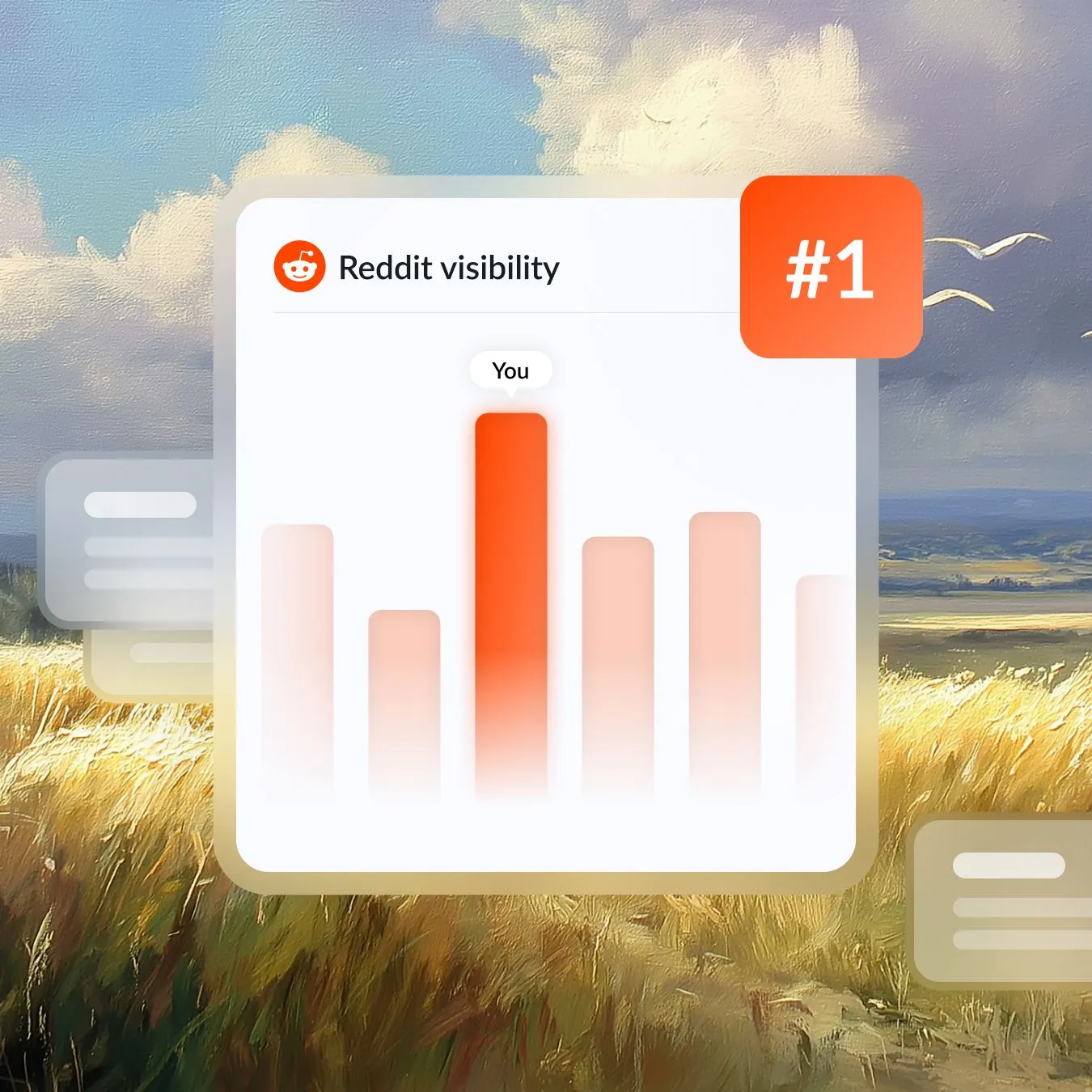In institutional investing, where over $147 trillion (McKinsey, 2025) in assets are managed globally and institutional investors control more than 80% of the US equity market cap, visibility matters. But the channels where that visibility is won are changing dramatically.
Our latest analysis of AI search trends in financial services sector reveals a market in flux—one where established leaders are losing ground, rising challengers are gaining momentum, and the bottom half of the market is capturing redistributed share of voice. For firms competing in this space, the implications are clear: AI search optimization is no longer optional.
The Data: A Market Up for Grabs
We analyzed 854 queries across the Financial Services institutional investing category in the US market from January through September 2025. What we found was striking:
- The Big Three are losing ground: BlackRock, State Street, and JPMorgan Chase have historically dominated share of voice in this category. But Q4 data shows these top organizations decreasing in visibility, creating an opening for competitors.
- Goldman Sachs and Morgan Stanley are on the rise: Both firms have shown steady increases in share of voice over the last three months, suggesting strategic investments in AI search optimization are paying off.
- The bottom 50% is gaining share: As top players lose visibility, market share is being redistributed to mid-tier and smaller firms, creating unprecedented opportunities for firms willing to invest in the right strategies.
The Microsoft Copilot Factor
Perhaps the most significant finding from our analysis: Microsoft Copilot commands 31% of visibility in the institutional investing category—making it the predominant AI engine for investor discovery in this space.
This isn't surprising when you consider the audience. Institutional investing firms typically operate within enterprise environments that rely heavily on the Microsoft suite for daily operations. When decision-makers at these firms turn to AI for research, guidance, or vendor discovery, they're most likely using Copilot.
For financial services firms targeting institutional investors, this means Copilot optimization isn't just another channel to consider—it's the channel that matters most. Firms that haven't yet prioritized Copilot in their AI search strategy are effectively invisible to a significant portion of their target market.
.png)
What's Driving the Shift?
The firms gaining share of voice—Goldman Sachs, Morgan Stanley, and the rising mid-tier players—are likely investing in:
- Structured content strategies: Creating content that aligns with how AI engines understand and surface institutional investing expertise.
- Copilot-specific optimization: Understanding the unique characteristics of Microsoft's AI engine and tailoring content accordingly.
- Authority signals: Building the kind of digital footprint that AI engines recognize as authoritative in the institutional investing space.
Meanwhile, the declining visibility of traditionally dominant players suggests that legacy brand recognition alone is no longer sufficient. In AI search, historical market position doesn't automatically translate to visibility. The algorithms are agnostic and they surface what they determine to be the most relevant, authoritative, and helpful information for each query.
The Strategic Imperative
For firms competing in the institutional investing market, the message is clear: AI search visibility is becoming a competitive battleground, and the current leader board is unstable. This should cause executives to rise concern for their go-to-market teams so it can be addressed. In fact, data we are going to be announcing shortly through surveying CMOs said that 30% of respondents are seeing a disruption to their customer acquisition model.
This creates both opportunity and risk. Firms that invest strategically in AI search optimization have the chance to capture share of voice from larger, more established competitors. But firms that ignore this shift risk becoming invisible to prospects who are increasingly turning to AI engines for research and discovery.
The institutional investing market is too significant to leave visibility to chance. As our data shows, share of voice in this category is up for grabs, especially as AI Engines change their citation sources and fuel their answers from different areas. The question for every firm is whether they're positioned to capture it through measurement.
What This Means for Your Firm
If you're in the institutional investing space—whether you're a top-tier player watching your share erode or a mid-tier firm looking to capture redistributed visibility—now is the time to assess your AI search strategy.
Key questions to consider:
- How does your firm currently appear in AI-powered search results for institutional investing queries?
- Are you optimizing specifically for Microsoft Copilot, given its dominance in this category?
- What content strategies are your rising competitors using to gain share of voice?
- How are you measuring and tracking your visibility in AI search over time?
The institutional investing landscape is being rewritten in real-time by AI search. The firms that understand this shift and act strategically will be the ones that capture the opportunity. The ones that don't may find themselves losing visibility to competitors they once dominated.
At Brandlight, we help financial services firms understand and optimize for AI search visibility today. In this blog post today we looked at AI Search’s disruption for institutional investing, but each category of Finserv has a different story to tell. If you'd like to see where your firm ranks in AI search for institutional investing, or any other category, reach out and see how we’d be able to help out!



.webp)